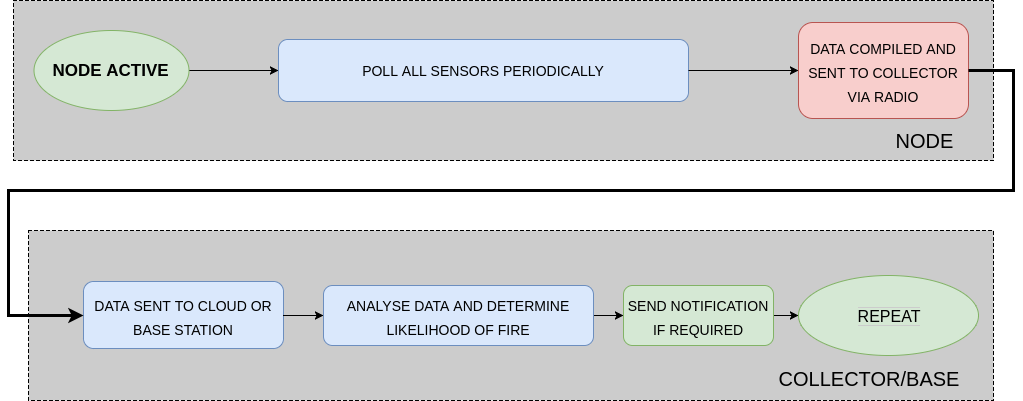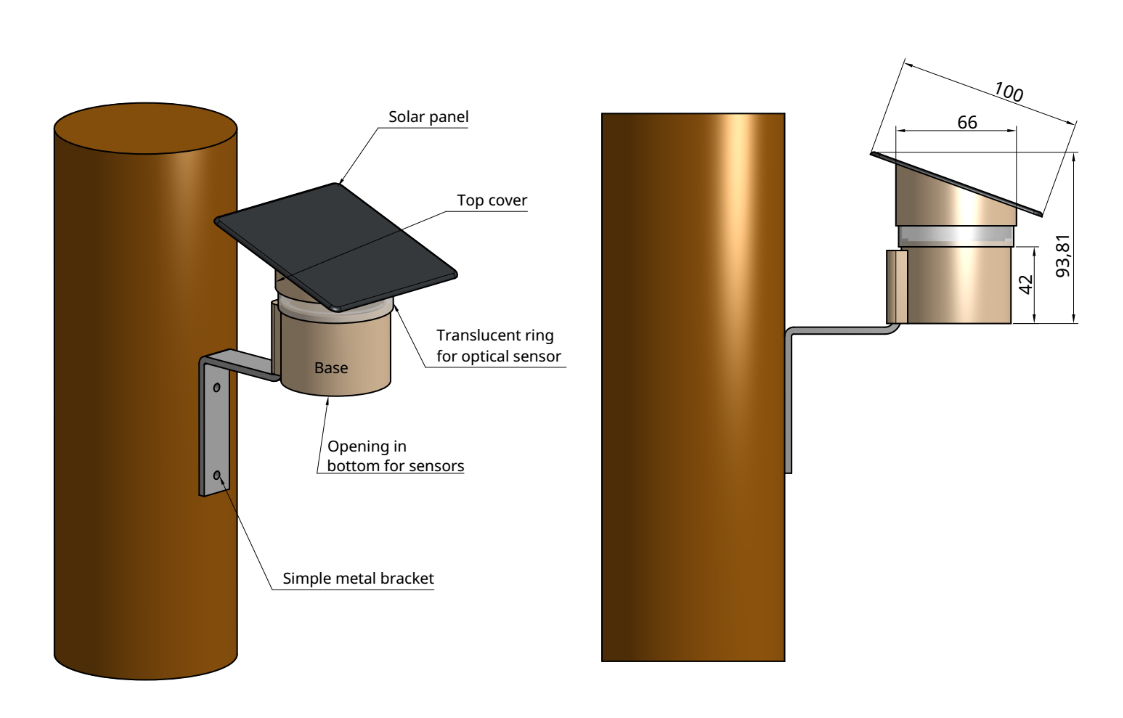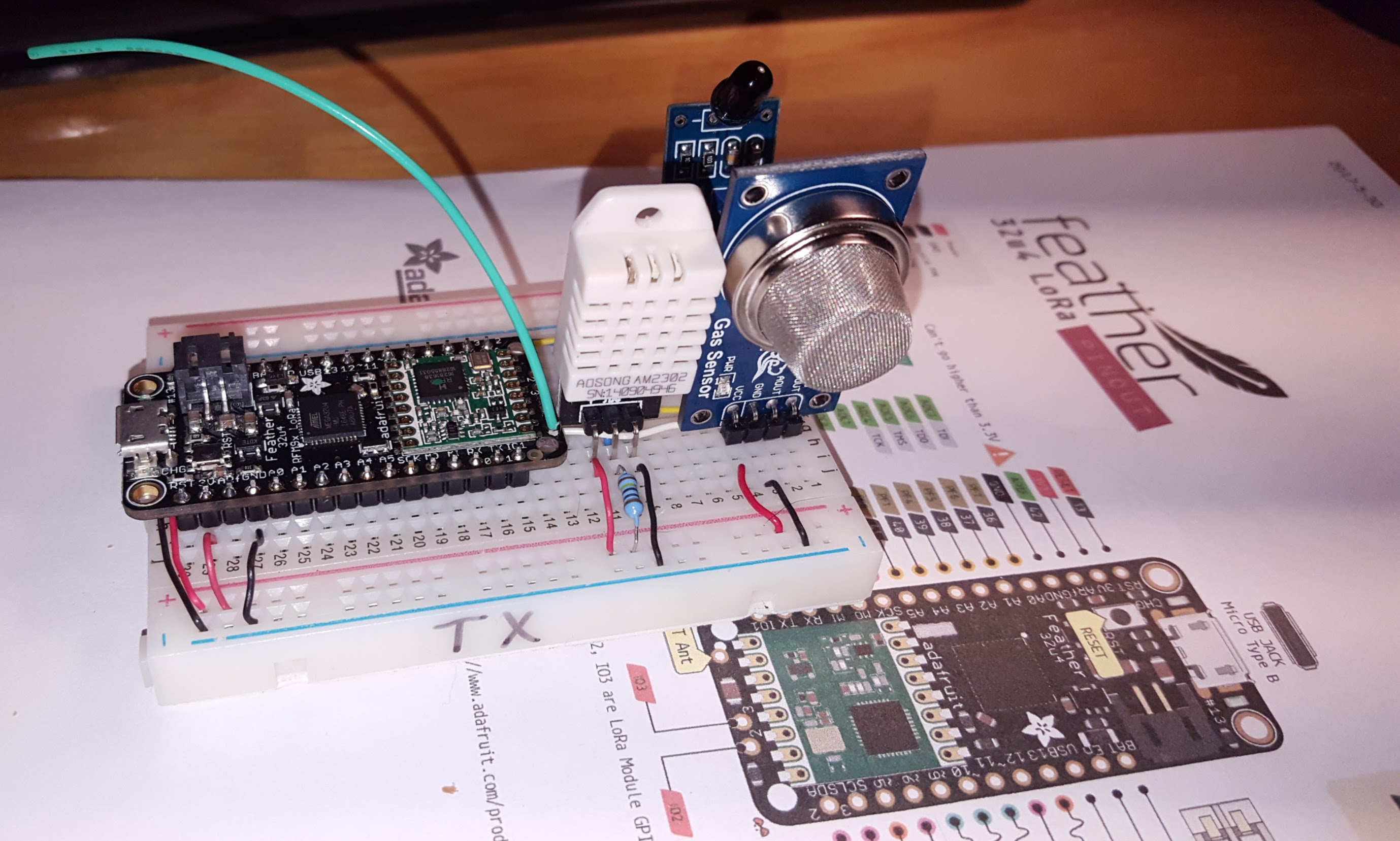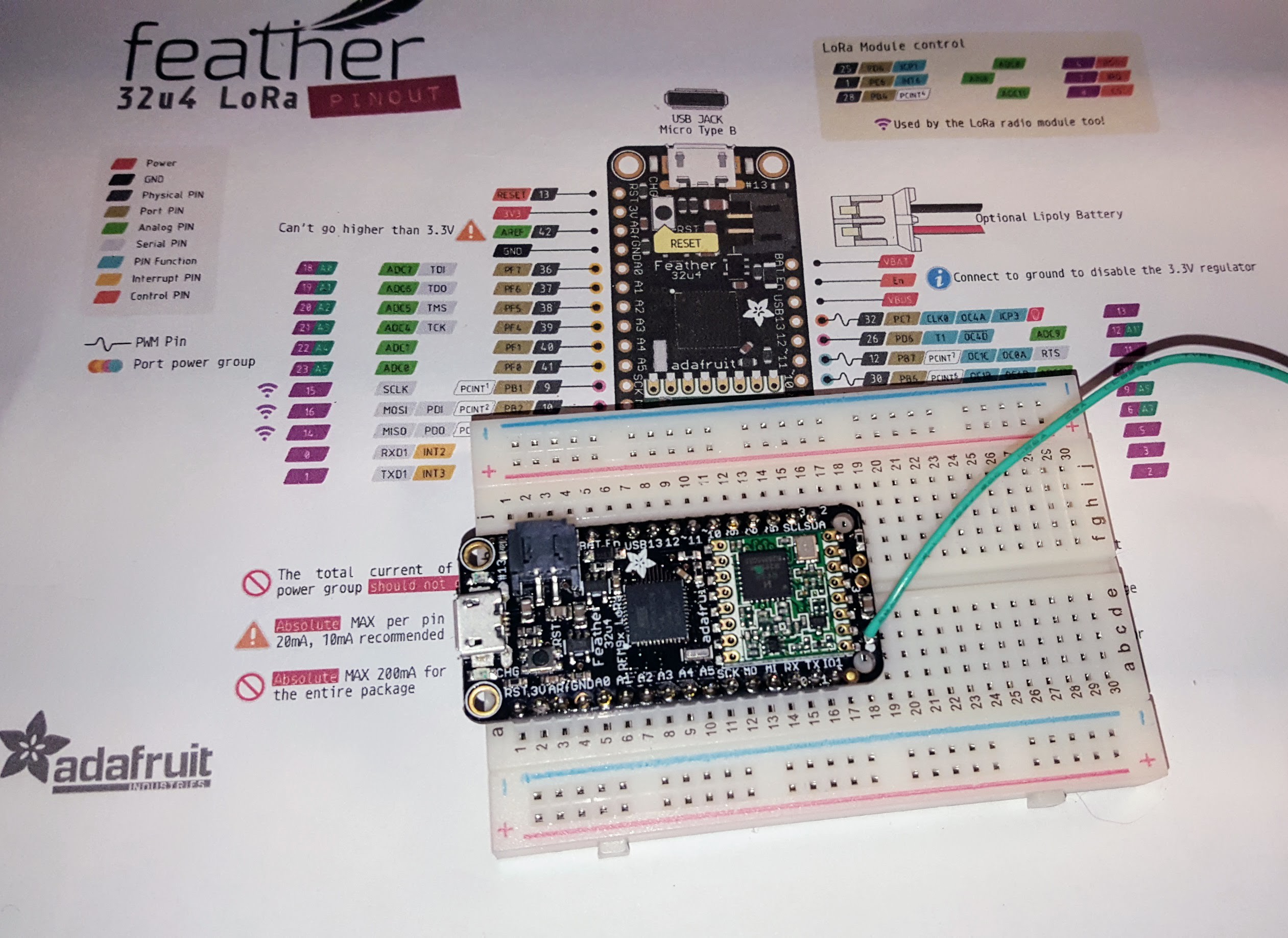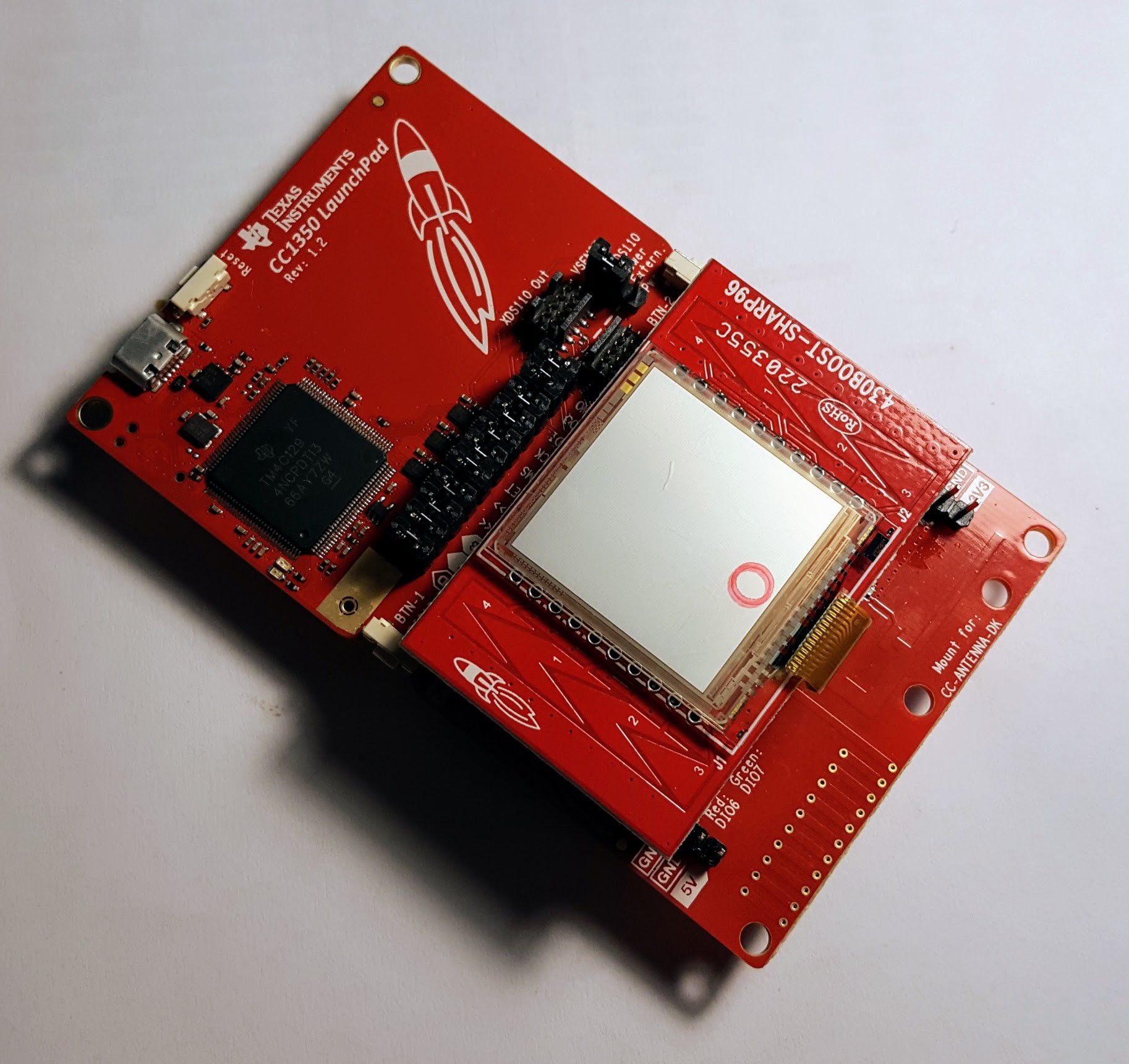-
Business Plan
07/24/2017 at 00:50 • 0 commentsThe first draft of my business plan has been uploaded under the files section as part of the Best Product entry requirements.
It is the first business plan I ever wrote, and the experience was very rewarding. I used this template to get a rough idea of what questions I should be asking myself. I also found the Virgin Startup Business Plan Template to be a valuable resource
-
Logic Overview
06/12/2017 at 01:27 • 0 commentsBelow is a simplified flow of how data will be collected and handled. If a large enough data set can be collected during testing, a simple machine classifier like Naive Bayes can be implemented to determine the likelyhood of fire from the collected data.
![]()
-
Enclosure
06/12/2017 at 00:45 • 0 commentsI've drawn out a basic concept for the enclosure in OnShape
![]()
The enclosure consists of 4 main parts.
The base slides onto the metal bracket, and has a opening in the bottom for the humidity, gas and particulate sensors to sample the air without directly exposing them to sun or rain.
The bracket would be a simple piece of bent aluminium or galvanised steel flat bar, that can be mounted to any tree, pole or post with screws.
On top of the base is the a transparent ring that allows light to reach the optical sensors on the inside.
The top cover sits on top of the transparent ring. and has a angled top surface to mount a small solar panel. The top cover can rotate and then be fixed in optimum position for solar panel efficiency. The solar panel also helps to shield the optical sensors from direct sunlight, which can cause false readings.
The base, and top cover will be injection moulded from a UV resistant polymer. The translucent ring will be injection moulded from poly carbonate. The seams between the parts will be sealed with o-rings. A single bolt will screw in through the base into a threaded insert in the top cover, pulling the assembly tightly together.
IP53 will be the minimum ingress protection rating. (Protected from limited dust ingress, water spray less than 60 degrees from vertical)
-
The horrifying reality
06/11/2017 at 21:48 • 0 commentsThis past week, South Africa got a very nasty reminder of just how bad wild fires can be. Had this been detected early on, lives could have been saved and millions of dollars of damages could have been avoided.
The area around the small coastal town of Knysna, Western Cape province, South Africa was engulfed in fires spreading from the surrounding forest and veld into the town itself. Large portions of the historical town has been destroyed and at least seven people have been killed so far.
The cause has not been officialy established
More pictures: https://twitter.com/vwsfires/media
-
Sensors
06/07/2017 at 21:38 • 0 commentsI will be testing a range of different environmental to hopefully find the optimum trade off between cost and reliability for this project
![]()
Temperature/Humidity/Barometric Pressure
On their own these three parameters would not detect a fire accurately (unless the node itself catches fire or is very very close). Some of the other sensors I will be testing are affected by these variables, so keeping track of them is critical. It would also allow the node to gather general environmental data. The first sensor I tested is the DHT22 temperature and humidity sensor. It is commonly used in DIY projects so there are libraries and tutorials available. It was easy to get working, but after some research it is evident that it is not the most accurate or stable sensor. This excellent in-depth review compares many of the different sensors convinced me to try the Bosch BME280. I have ordered a some modules from Ebay, but they will take some time to arrive.
Smoke/Particulates
I will also be testing at least 1 particulate sensor. I ordered a Sharp GP2Y1010AU0F dust/smoke sensor . According to the datasheet the maximum current consumption is 20mA, and it should be able to distinguish between dust and smoke, although this will have to be confirmed during testing.
Carbon Monoxide
One of my main challenges appears to be finding a low cost, low power Carbon Monoxide sensor. I ordered MQ-7 CO sensors without thinking, since they are so popular and cheap. After looking at the datasheet and a quick test I realised that it is too power hungry for my battery/solar powered nodes. Testing confirmed it consumes about 200mA, and requires 1 minute to heat up before readings stabilise. I found that most of the other CO sensors are extremely expensive. My goal is $20 max for the sensor, preferably less.
CO sensor options I have found so far:
- Spec 110-102
- MICS-5524
- Figaro TGS2442
- Figaro TGS5342
- Figaro TGS5042
Infrared radiation
The last sensor type I will be testing is optical IR and near-IR sensors. These will be used to check for the actual radiation given of by the fire. I will be looking at a range of photo-diodes, photo-transistors etc. The selection of sensors available is extremely large, so it is going to be a challenge to find the best solution. I will probably resort to some more research and then get samples and test them. I have so far tested a cheap flame sensor module with a photo-transistor, but the range appears to be very short.
TI Sensortag Integrated Sensors
The TI Sensortag include (among others) an IR thermopile (TMP007), ambient light sensor (OPT3001), humidity sensor (HDC1000), and barometric pressure sensor (BMP280) which will all be used to gather data during testing. Unfortunately the TensorTags got held up in customs, but I will hopefully get them this week to begin testing.
Any advice/suggestions are welcome!
-
Microcontroller and Connectivity
06/07/2017 at 14:00 • 0 commentsFor the initial development opted to use off the shelf modules wherever possible to allow quick prototyping on a breadboard and veroboard. I will also be testing various components with the aim of finding the optimum solution that is a trade off between reliability and cost.
Microcontroller and radio
I will be using Adafruit Feather 32u4 LoRa dev boards for initial testing. They were available form my local supplier, so I could quickly get my hands on them. The boards have a 868Mhz SX1272 LoRa radio module onboard, as well as Lipo battery charger. I have no experience with ARM boards, so decided to stick with the 8 bit ATMega version of the board for a start, which I have some experience with.
![]()
The other MCU/radio combination I will be testing is the new Texas Instruments CC1350 Dual Band Wireless MCU. It integrates an ARM M3 processor, a Sub-Ghz radio, BLE radio, and an interesting low power 16 bit "Sensor Controller" processor on a single chip. This chip is also available in a version without BLE, as the CC1310. Although the learning curve to get this chip working for my purposes will be much steeper, I believe there is a lot of potential
![]()
TI claim that the chip is extremely low power, as well as long range with the Sub-Ghz radio. The BLE allows for Over-the-Air updating from a smartphone/tablet, which can be very handy in the field. The on-board "Sensor Controller" is a very low power 16 bit processor that can function to independently check sensor inputs, and only wakes up the powerful ARM processor when absolutely necessary.
I have ordered the CC1350 Launchpad Dev board, which I intend to use as a gateway node for testing, as well as 2 CC1350 SensorTag dev kits, which integrate 10 environmental sensors and a coin cell battery holder in a very small package. The SensorTags also allow add-on boards to be added on top of them. The TI website has some very detailed tutorials and examples which will hopefully speed up development.
I must give some credit to Shantam Raj with his SUN Project. I was introduced to the CC1350/CC1310 chips while reading his project logs.
GSM connectivity
I am considering adding a GSM modem as a modular add-on to the sensor nodes. My motivation for not making this standard on every node is two-fold. Firstly it would increase the cost and power consumption. Secondly, the isolated areas that the nodes would be deployed in might not have GSM coverage. Where GSM is available, some of the nodes can have the GSM module installed, to allow that particular node to also act as a gateway for the other nodes within range of the Sub-Ghz radio.
FireBreakNet
An affordable wireless sensor network that acts as a wildfire early warning system
 Danie Conradie
Danie Conradie